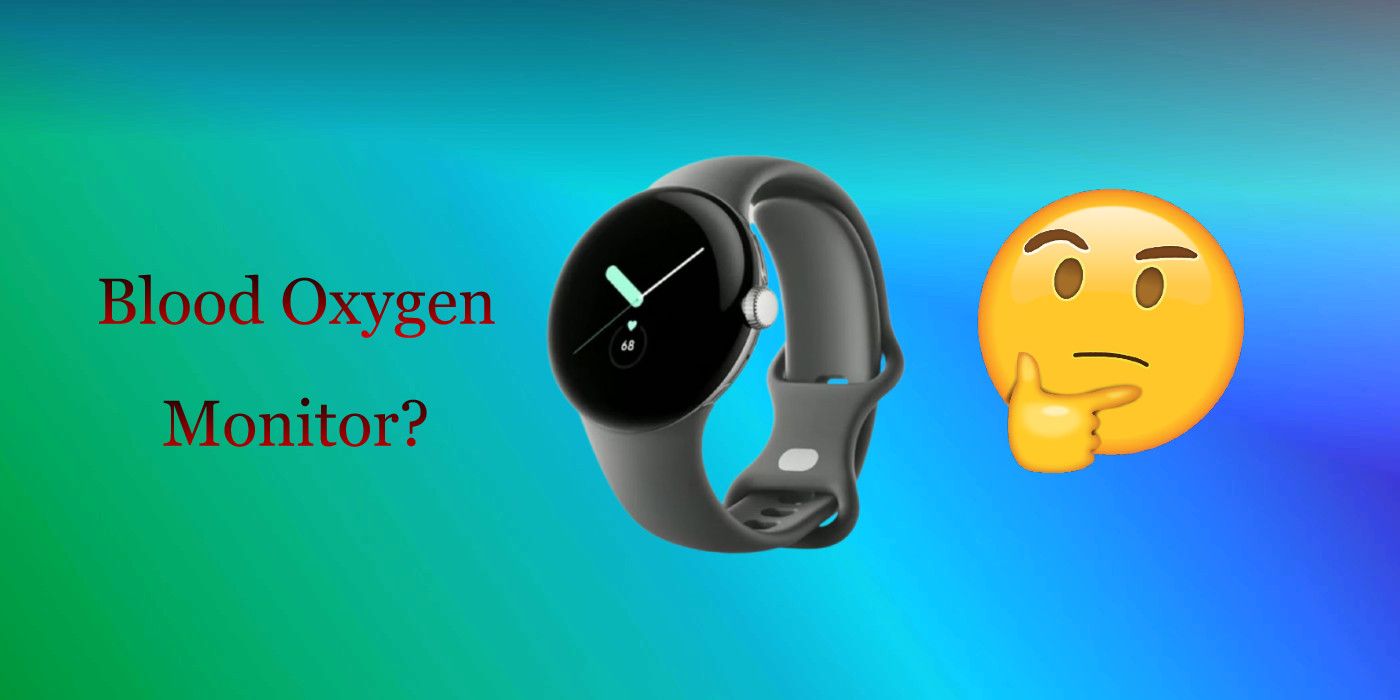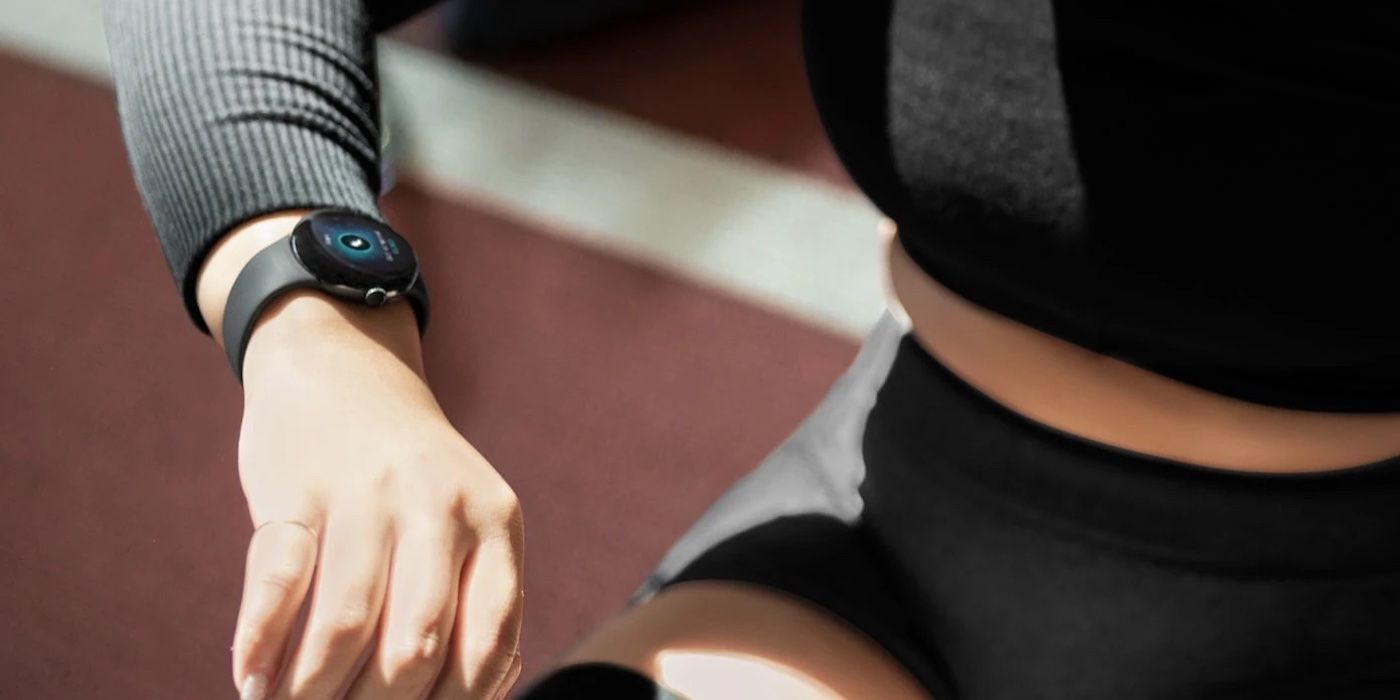The Pixel Watch comes with a ton of great health and fitness-related features, but can it measure blood oxygen levels? Google announced its first-gen Pixel Watch alongside the new Pixel 7 and Pixel 7 Pro smartphones. The Pixel Watch is Google's first smartwatch, which also makes it the first Google product to run Wear OS.
The Pixel Watch is part of a growing tribe of Wear OS devices that includes the Galaxy Watch 5 series, Fossil Gen 6, and TicWatch Pro 3, among others. However, unlike Samsung's offerings which come in multiple sizes, Google's new watch comes in only a single 41mm dial size. The device has a $350 starting price for the Wi-Fi + Bluetooth model, and goes up to $400 for the LTE variant. That makes it more expensive than the Galaxy Watch 5, which starts at $279 for the 40mm Wi-Fi version. However, it's still more affordable than the Apple Watch Series 8 that starts at $399 for the GPS-only version.
The Pixel Watch comes with an array of sensors, and the good news is that a blood oxygen monitor is among them. However, it isn't activated at the moment, meaning it cannot monitor the user's SpO2 levels as of Dec. 2022. That said, the presence of the hardware means that the device will be able to do so at some point in the future. There's no official confirmation from Google on why the feature is yet to be activated, but reports suggest that it is likely pending FDA approval. Once the approval comes through, Google is likely to push out an update that will activate the SpO2 sensor on the Pixel Watch, helping it measure blood oxygen levels like other many other smartwatches and fitness trackers in the market.
Health Sensors On The Pixel Watch
Usually, blood oxygen levels are measured with pulse oximeters that are clamped to the user's fingertips. Healthy individuals are expected to have an SpO2 reading between 95 and 100 percent, while anything lower than 90 could suggest potential problems that could require supplemental oxygen. While cheap over-the-counter pulse oximeters are available for SpO2 monitoring at home, hospitals and clinics use FDA-reviewed commercial devices that typically offer more accurate readings.
Apart from the blood oxygen sensor, the Pixel Watch also comes with a slew of other health and fitness features, including continuous heart-rate monitoring, ECG, fall detection, sleep monitoring, breathing rate tracking, and more. It also offers 40 different exercise modes that allow users to track their workout sessions. However, the Pixel Watch doesn't have a temperature sensor, which is an integral feature of the Apple Watch Series 8 and Galaxy Watch 5.
Source: Google


